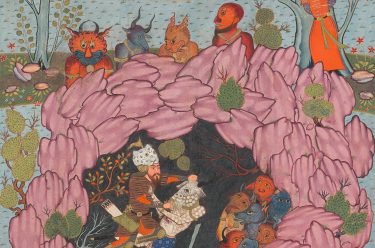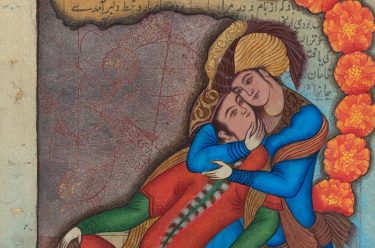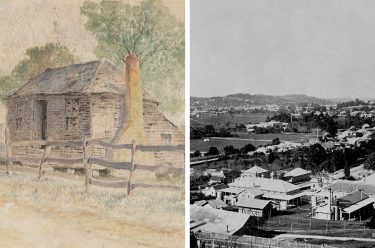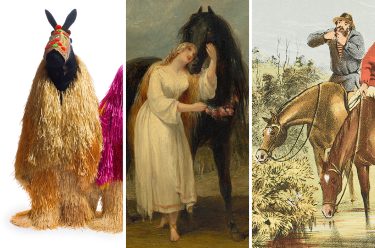Go back in time when Bowen Terrace was an unquarried cliff
George Seymour Owen’s (1844-1921) watercolours provide an accurate record of the early heritage of Brisbane and the Moreton Bay area. House under Bowen Terrace, Brisbane 1889 (illustrated) of a cottage in inner-city Bowen Terrace, is a detailed representation of a home in the young township of Brisbane. The watercolour shows the unquarried cliff along which…
Continue reading » “Go back in time when Bowen Terrace was an unquarried cliff”





